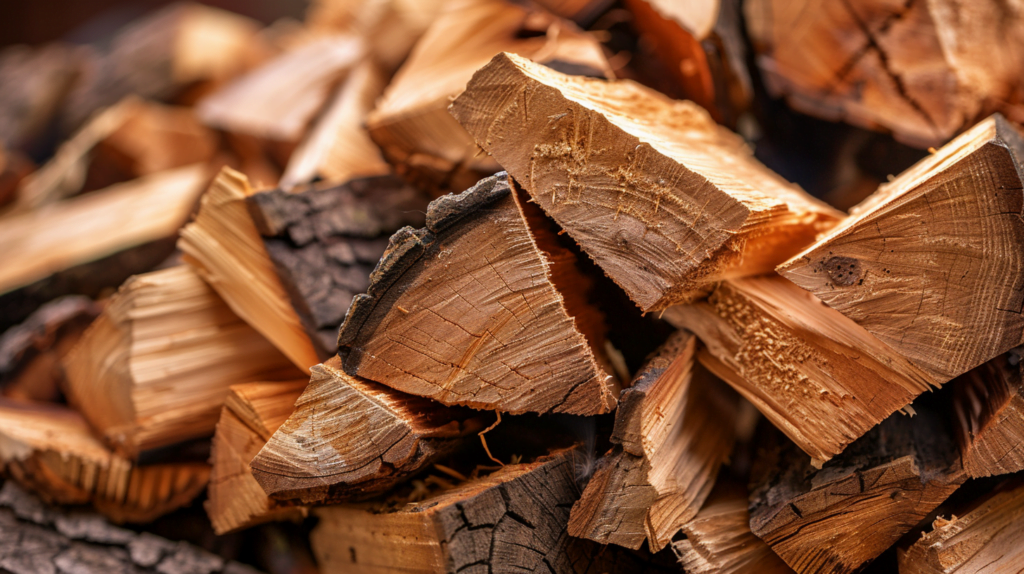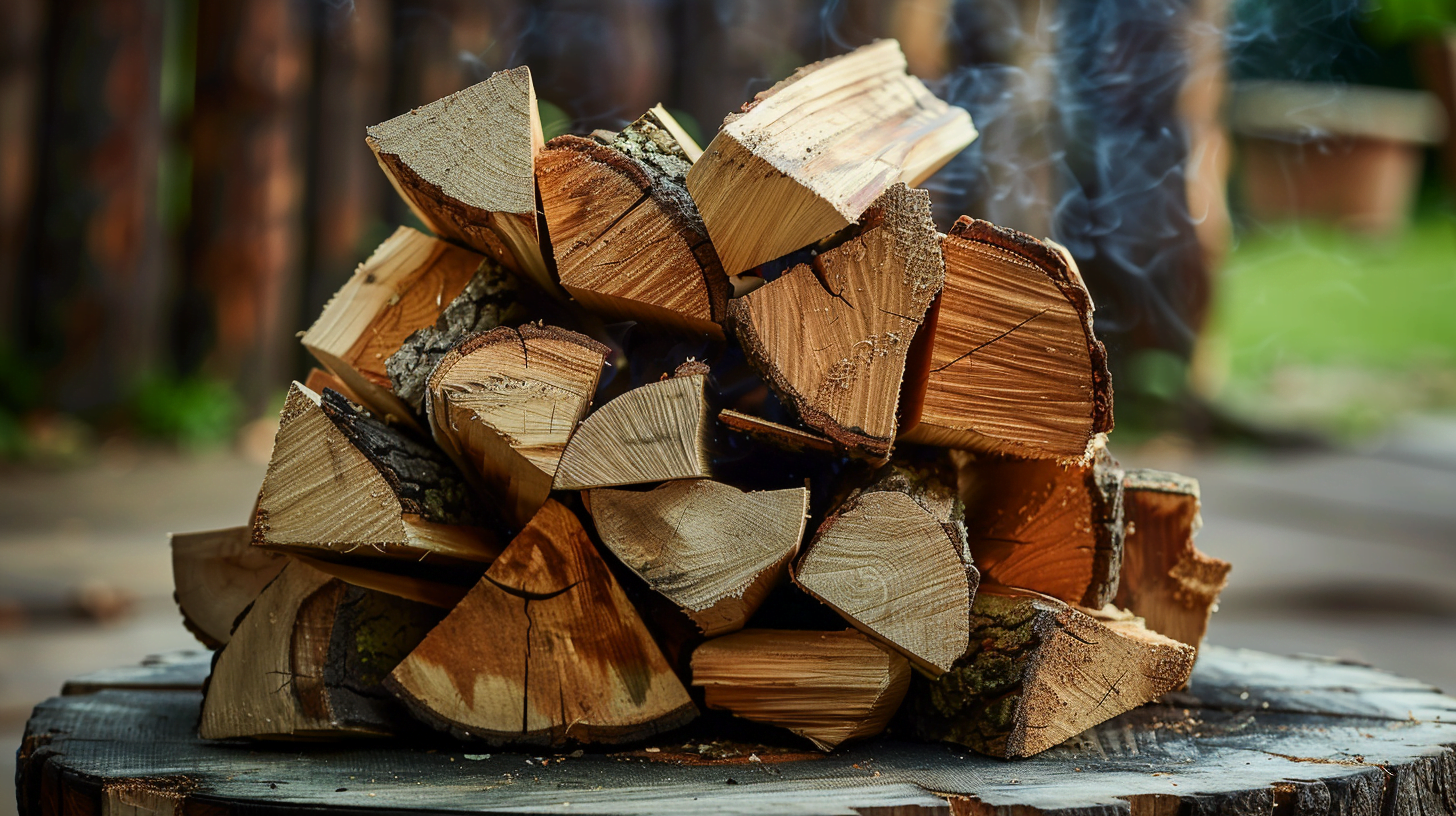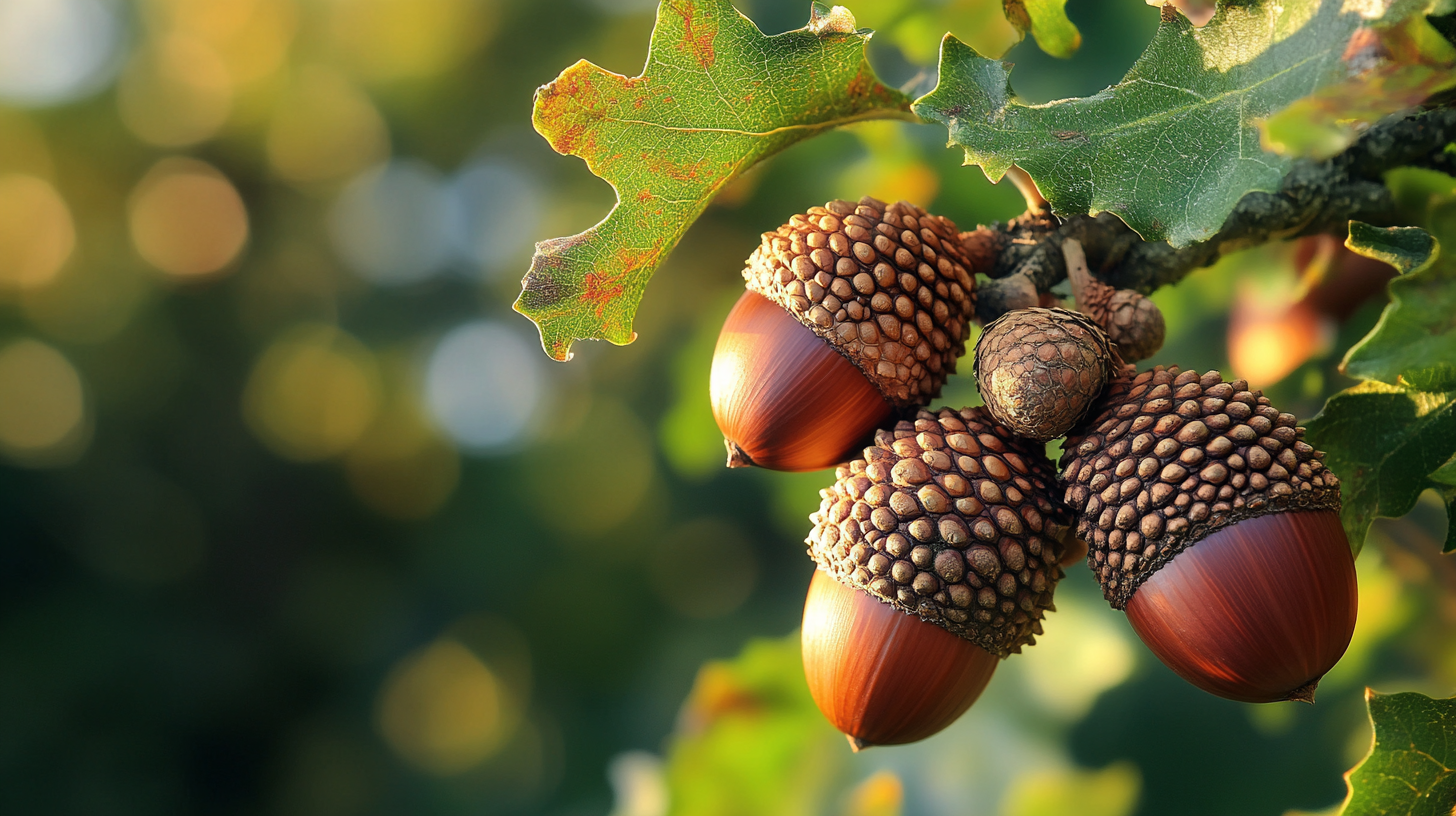Table of Contents
Oak trees are a valuable resource, not only for their ecological importance but also for their economic potential. With the high demand for oak wood in various industries, selling oak trees can be a lucrative option for landowners. However, it’s essential to approach this venture with caution, ensuring that the harvesting and sale of oak trees are done sustainably and legally. In this article, we’ll delve into the world of oak tree sales, covering the value of oak timber, preparing your trees for sale, harvesting and processing, finding buyers, and navigating regulations and considerations.
Why Sell Oak Trees?
The value of oak timber lies in its durability, strength, and aesthetic appeal. Oak wood is highly prized for furniture making, construction, and even wine barrel production. The demand for oak wood is driven by its unique characteristics, which make it an ideal material for various applications.
The Value of Oak Timber: Understanding the Market Demand
The market demand for oak timber is influenced by several factors, including the species, age, quality, and location of the trees. Here are some key factors that affect the value of oak timber:
- Species: Different oak species, such as white oak and red oak, have varying levels of demand and value. White oak, for example, is highly valued for its durability and resistance to decay.
- Age: Older oak trees tend to be more valuable due to their larger size and higher quality wood.
- Quality: The quality of the wood, including its grain pattern, color, and lack of defects, significantly impacts its value.
- Location: Oak trees grown in certain regions, such as the Appalachian Mountains, are highly sought after for their unique characteristics.
Environmental and Economic Benefits of Sustainable Forestry
Sustainable forestry practices not only ensure the long-term health of the forest ecosystem but also provide economic benefits to landowners. By harvesting oak trees in a sustainable manner, landowners can:
- Generate income: Selling oak trees can provide a significant source of income, which can be used to maintain the forest or invest in other ventures.
- Create jobs: Sustainable forestry practices create jobs in logging, processing, and manufacturing, contributing to local economies.
- Enhance biodiversity: Sustainable forestry practices help maintain the biodiversity of the forest ecosystem, preserving habitats for various species.

Preparing Your Oak Trees for Sale
Before selling your oak trees, it’s essential to assess their quality and quantity. This involves evaluating the trees’ characteristics, such as their species, age, size, and quality.
Assessing the Quality and Quantity of Your Oak Trees
Evaluating the quality and quantity of your oak trees requires expertise. Here are some tips for assessing your oak trees:
- Hire a professional: Consider hiring a professional forester or arborist to assess the quality and quantity of your oak trees. They can provide an accurate estimate of the trees’ value and recommend the best harvesting strategy.
- Measure tree diameter: Measure the diameter of the trees at breast height (DBH) to estimate their volume and value.
- Evaluate tree quality: Assess the trees’ quality by looking for defects, such as knots, cracks, or signs of decay.
Thinning and Pruning: Enhancing the Value of Your Oak Trees
Thinning and pruning are essential practices for enhancing the value of your oak trees. By removing select trees and pruning others, you can:
- Improve tree growth: Thinning allows more sunlight to reach the remaining trees, promoting healthy growth and increasing their value.
- Enhance tree quality: Pruning removes defects and improves the overall quality of the wood, making it more valuable.
Harvesting and Processing Oak Trees
Harvesting oak trees requires careful planning and execution to ensure that the trees are felled safely and efficiently. The processing of oak timber involves several steps, from logging to manufacturing.
Harvesting Methods: Selective Cutting vs. Clear-Cutting
There are two main harvesting methods: selective cutting and clear-cutting. Each method has its advantages and disadvantages:
| Method | Advantages | Disadvantages |
|---|---|---|
| Selective Cutting | Preserves the forest ecosystem, allows for regeneration | More labor-intensive, may not be suitable for all forest types |
| Clear-Cutting | Faster and more cost-effective, allows for replanting | Can lead to soil erosion, disrupts ecosystem |
Processing Oak Timber: From Log to Lumber
The processing of oak timber involves several steps:
- Logging: Felling the trees and transporting them to a processing facility.
- Debarking: Removing the bark from the logs to prevent insect infestation and decay.
- Sawmilling: Cutting the logs into planks or boards.
- Drying: Drying the lumber to a moisture content suitable for manufacturing.
- Manufacturing: Cutting and shaping the lumber into finished products.
Selling Your Oak Trees
Finding the right buyer for your oak trees is crucial to getting a fair price. Here are some options for selling your oak trees:
Finding Buyers: Local Markets, Online Platforms, and Timber Brokers
- Local markets: Sell your oak trees to local sawmills, woodworking shops, or furniture makers.
- Online platforms: Utilize online marketplaces, such as Craigslist or Facebook Marketplace, to reach a wider audience.
- Timber brokers: Work with timber brokers who can connect you with buyers and negotiate prices on your behalf.
Negotiating Prices and Contracts: What to Expect
When selling your oak trees, it’s essential to negotiate a fair price and understand the terms of the contract. Here are some tips:
- Know the market value: Research the market value of your oak trees to negotiate a fair price.
- Understand the contract: Ensure you understand the terms of the contract, including the price, payment terms, and any conditions.
Regulations and Considerations
Selling oak trees is subject to various regulations and considerations, including environmental and conservation concerns.
Understanding Local and National Regulations
- Permits and licenses: Obtain the necessary permits and licenses before harvesting oak trees.
- Environmental regulations: Ensure that your harvesting practices comply with environmental regulations, such as the Endangered Species Act.
Environmental and Conservation Considerations
- Sustainable forestry practices: Adopt sustainable forestry practices to maintain the health of the forest ecosystem.
- Conservation efforts: Consider working with conservation organizations to protect sensitive habitats and species.

Conclusion
Selling oak trees can be a lucrative and sustainable option for landowners. By understanding the value of oak timber, preparing your trees for sale, harvesting and processing them efficiently, finding the right buyers, and navigating regulations and considerations, you can ensure a successful and environmentally friendly transaction. Remember to always prioritize sustainable forestry practices to maintain the health of the forest ecosystem and ensure the long-term viability of this valuable resource.
Can I Sell Oak Trees? The answer is yes, but it requires careful planning, execution, and consideration for the environment. By following the guidelines outlined in this article, you can successfully sell your oak trees while maintaining the integrity of the forest ecosystem.




